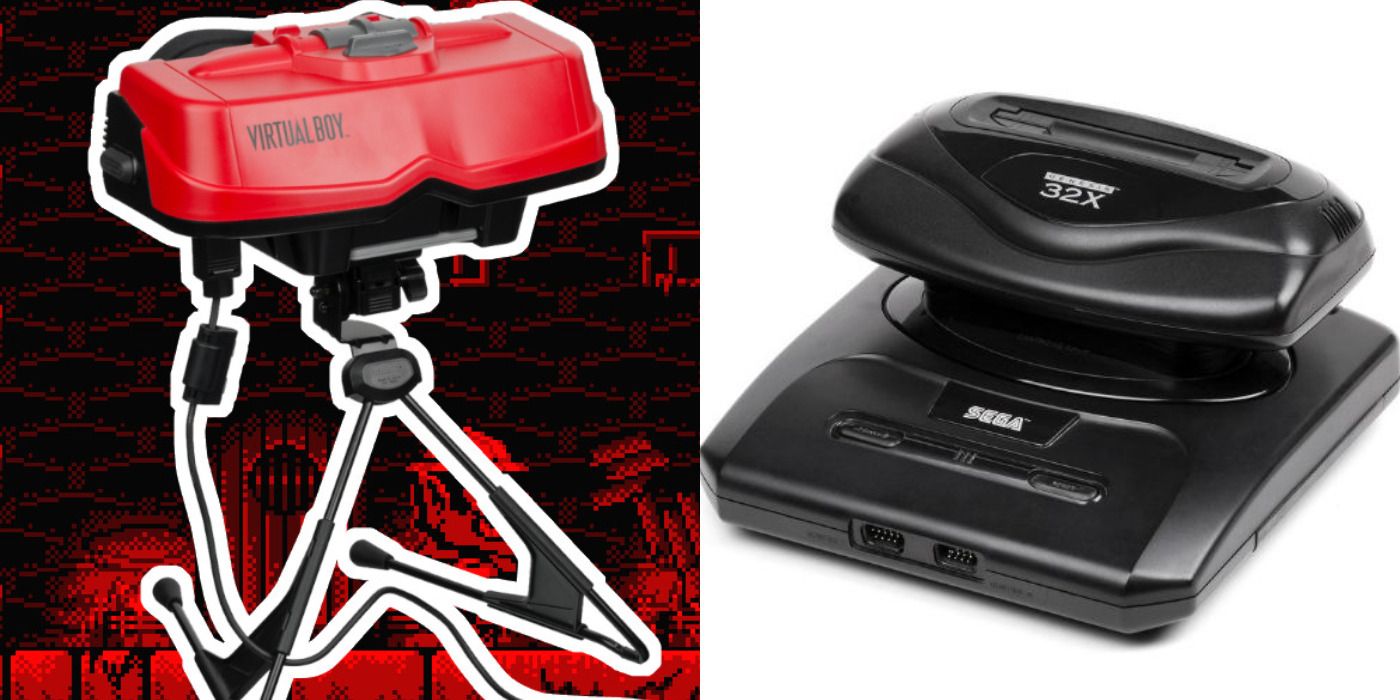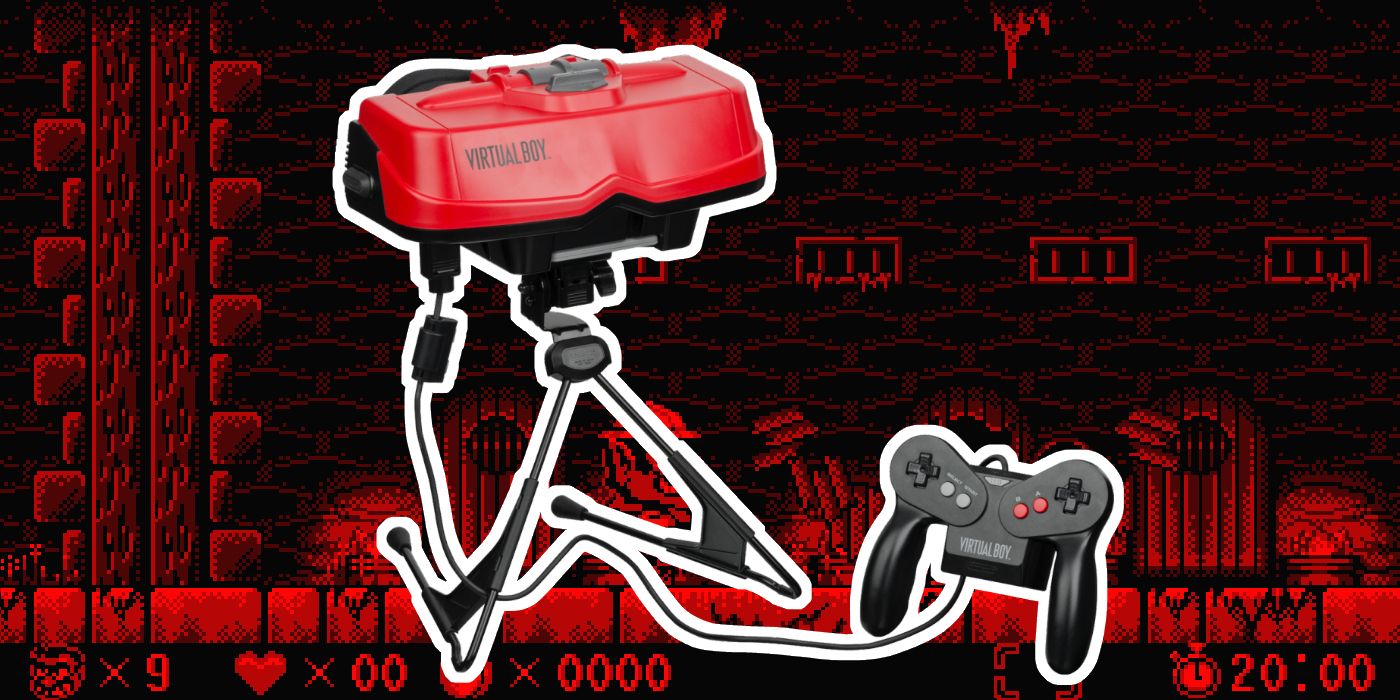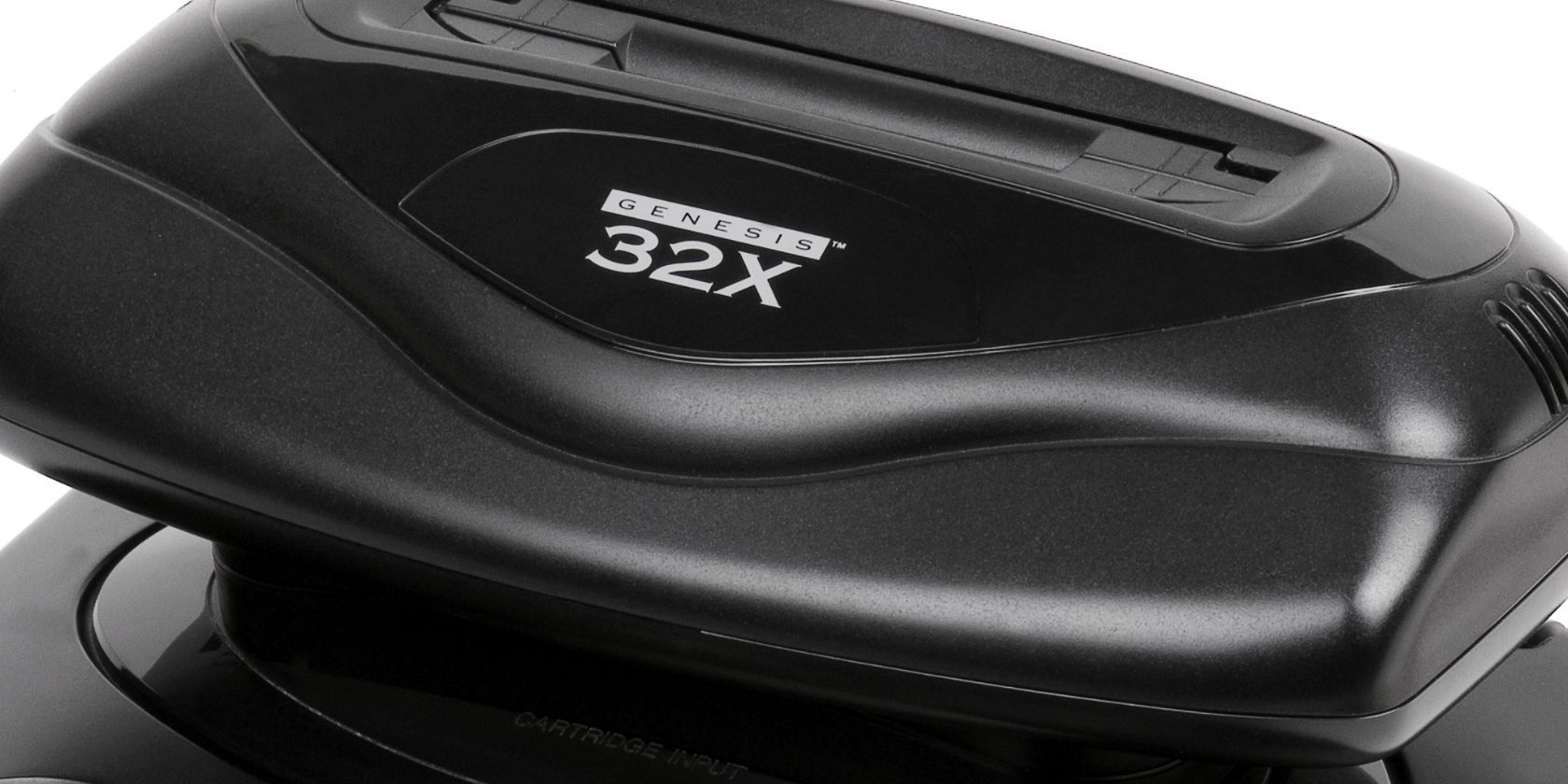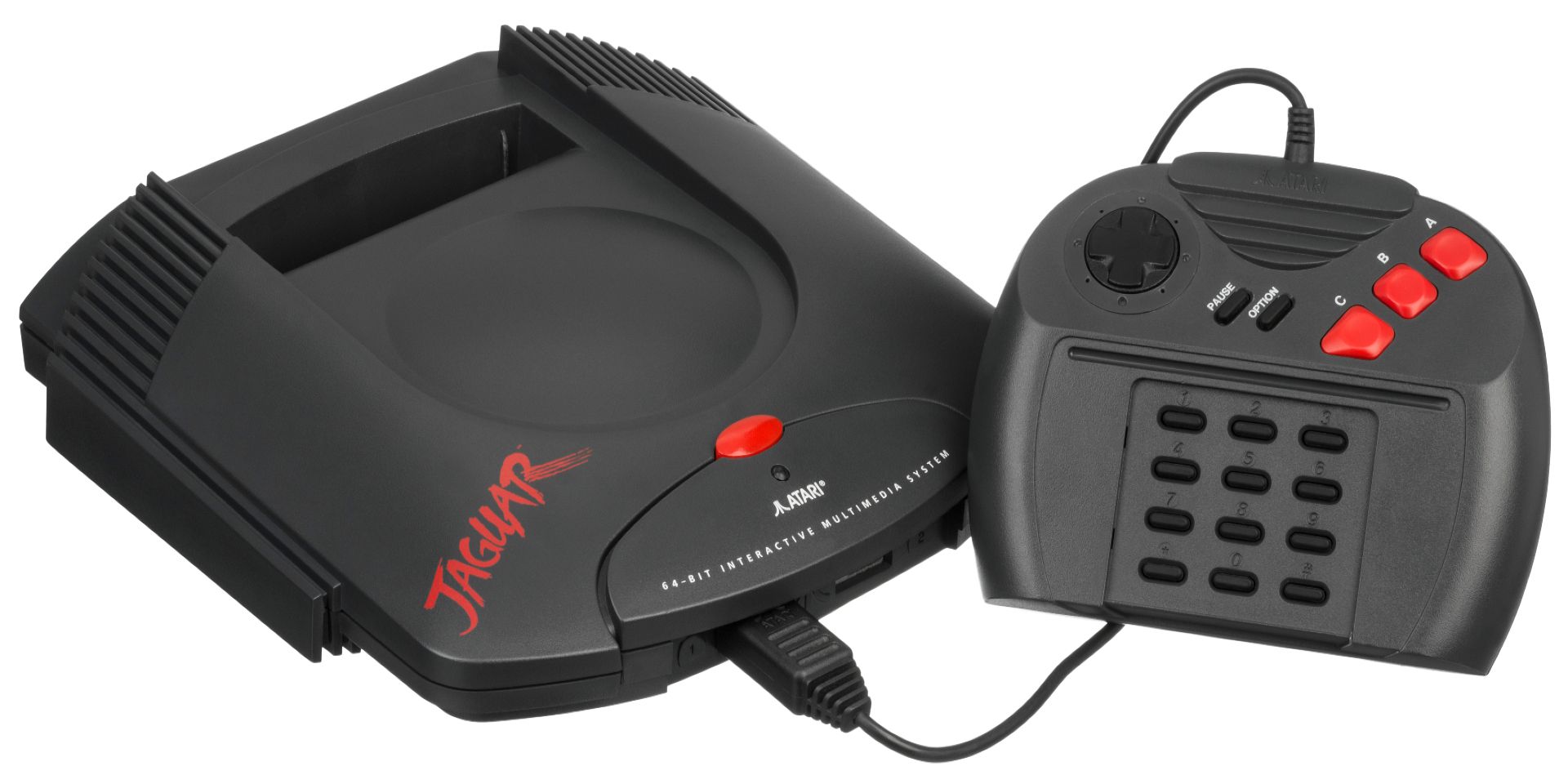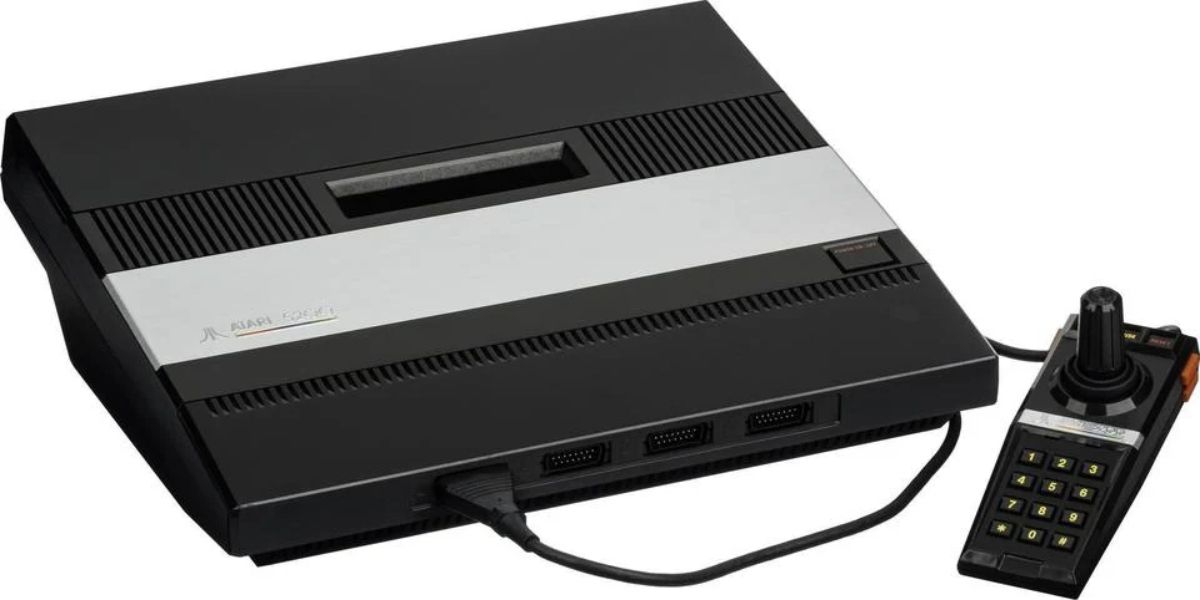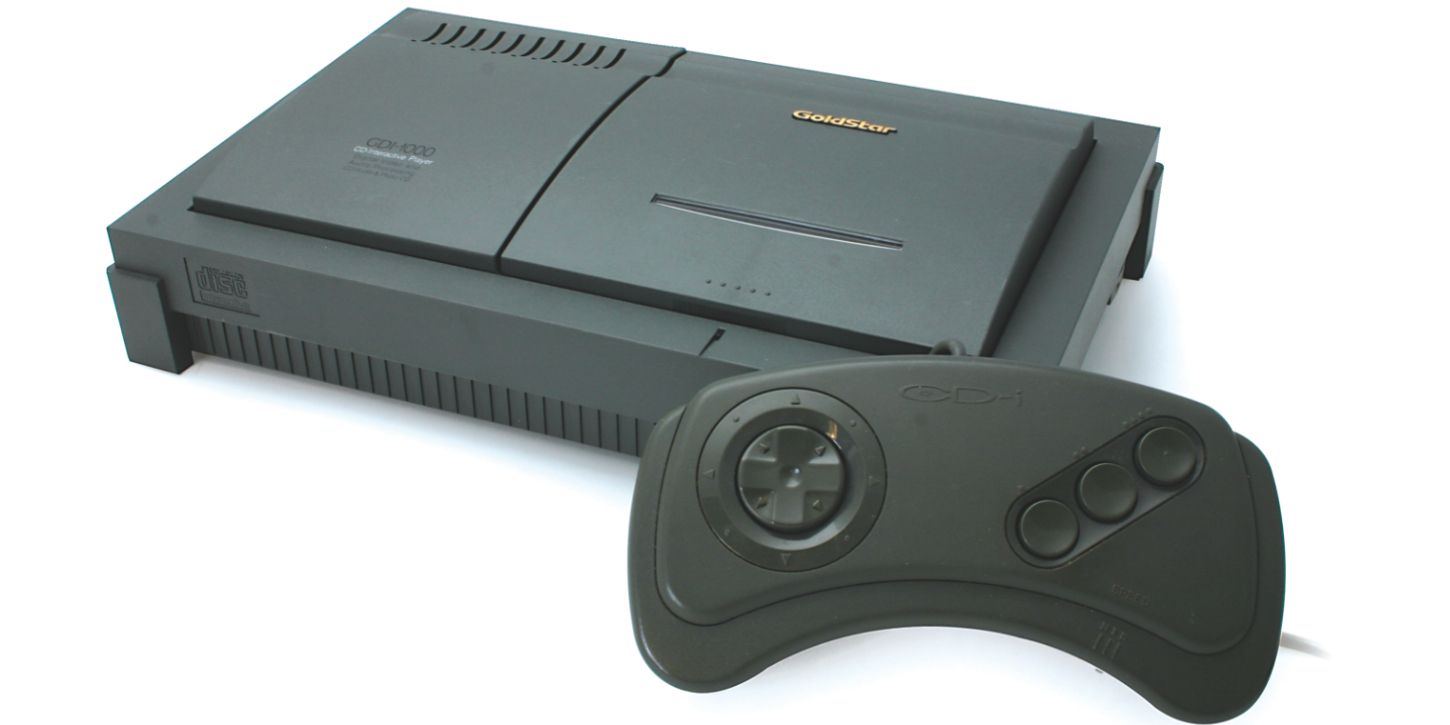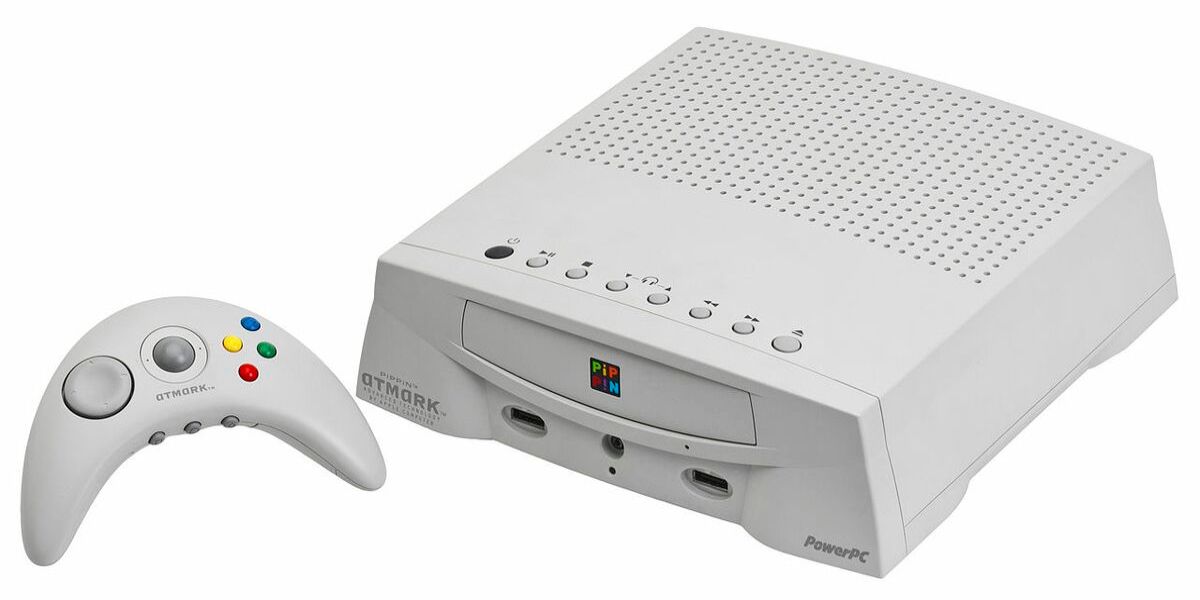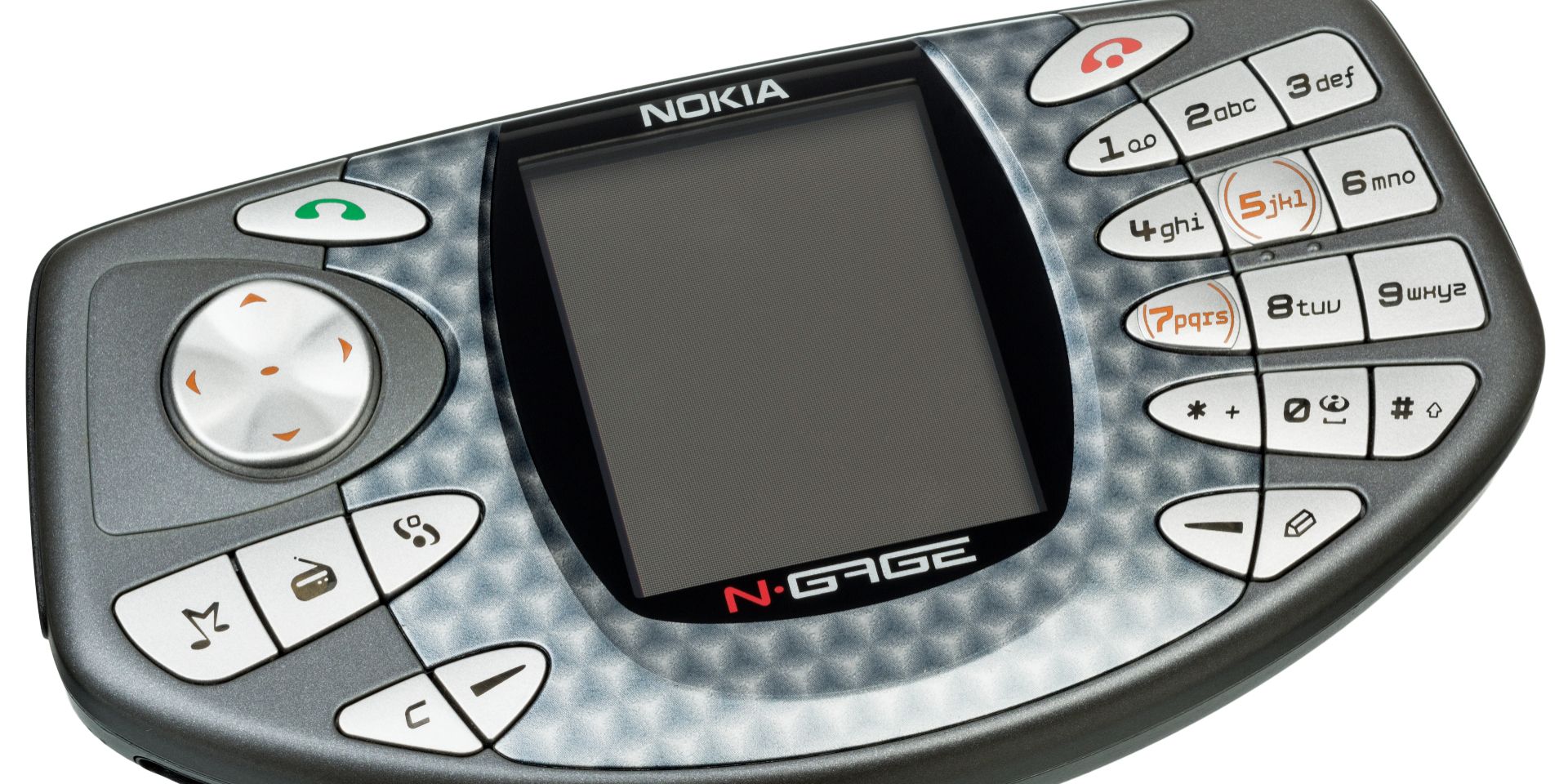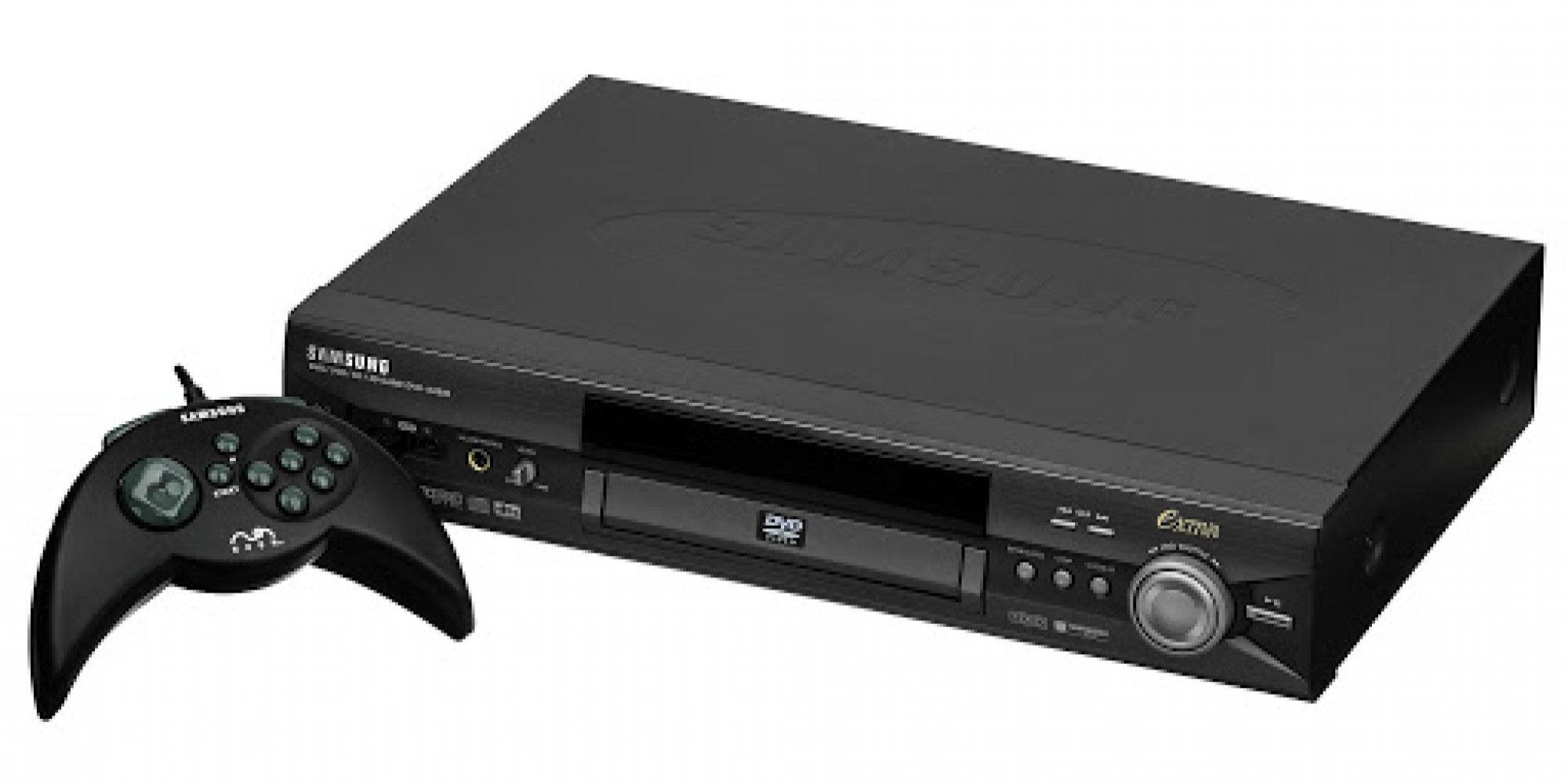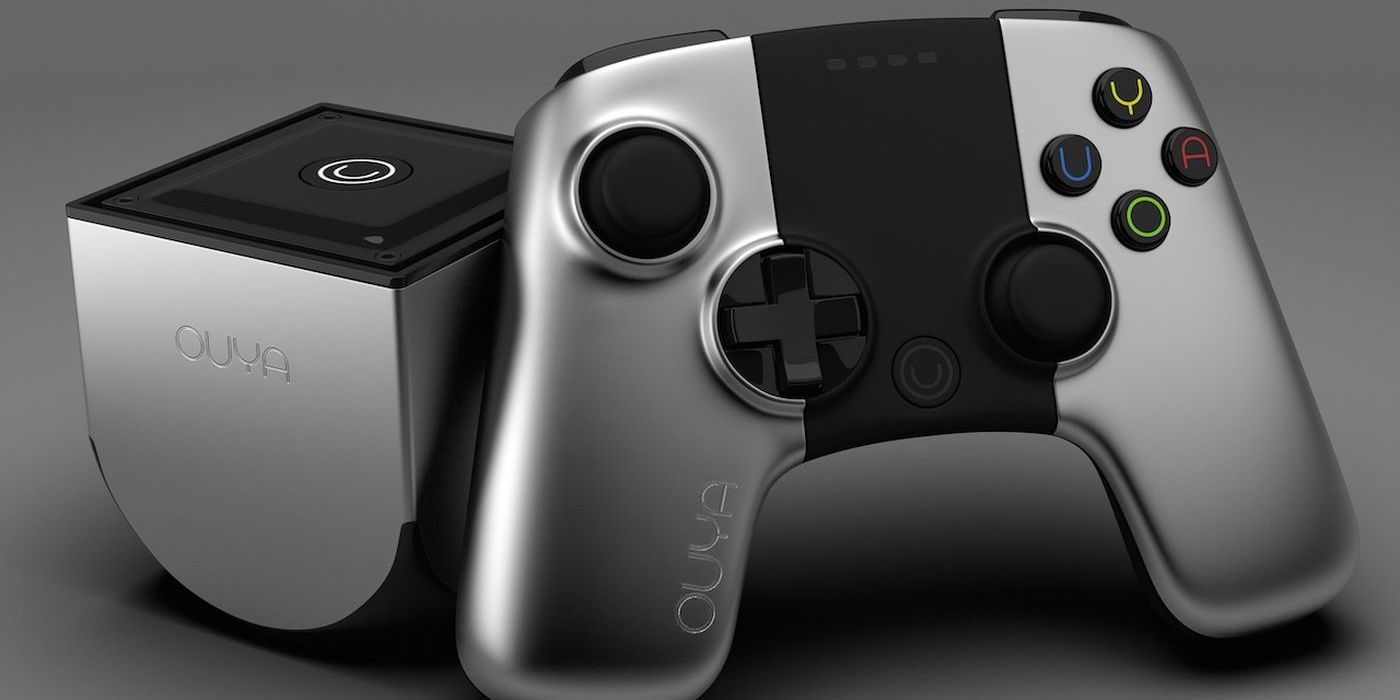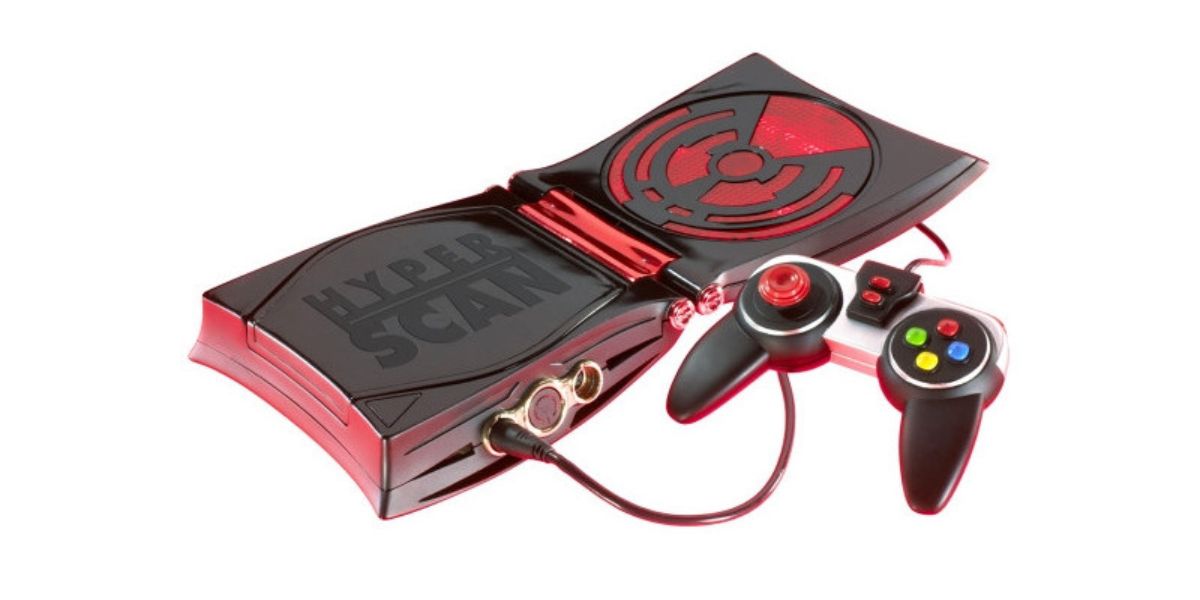Since the 1970s, different companies have made their own video game consoles, which have had varying levels of success. While some systems, like the Nintendo Switch, have received high amounts of critical acclaim and popularity, there are many failures that have missed the mark.
Although many of these failures are just mediocre and easily forgotten, some of these consoles have become infamous for how terrible they are. From queasy graphics to clunky controllers, these worst consoles have a certain charm to them that has kept people talking about them to this day.
Virtual Boy
Nintendo has always been a company that focuses on innovation, and many of their consoles have introduced new gaming mechanics and ideas that have inspired and changed the rest of the gaming industry. But sometimes a creator can be so ahead of the time that technology is not ready for it yet. One major example of this for Nintendo is the Virtual Boy, which was the first VR console and Nintendo's first 32-bit system.
While the Virtual Boy used some interesting mechanics to simulate a 3D space, the monochromatic red screen and stereoscopic graphics made the console hard on the eyes and not enjoyable to use or play. Also, the console had only 22 games, and only a couple of them are still worth playing such as Atlus' Jack Bros, which is part of the Shin Megami Tensei franchise. Although the console is noteworthy for its technological creativity, it is still obvious why it is Nintendo's worst-selling console.
Sega 32X
After the release of the Master System and Genesis consoles, Sega became a major player in the console market that rivaled even Nintendo. In the present, however, Sega has left the console wars entirely. This extreme change in just a few decades is caused by Sega releasing too many mediocre consoles in a row rather than spending more time on a single console. One of the consoles that oversaturated the marketplace is the 32X.
The 32X was an add-on to the Genesis that increased that aging console's computing power so that it could play 32-bit games. Similar to other Sega consoles from this time, the add-on was meant to fill in the gap between Sega's main consoles, the aforementioned Genesis and the Sega Saturn. While the 32X did improve the Genesis and there were some good titles such as Knuckles' Chaotix with its unique cast of popular Sonic the Hedgehog characters who need to make a comeback, the small library of 41 games and only marginal graphical and audio improvements made it an overall critical and commercial failure.
Atari Jaguar
Founded in 1972, Atari was a major pioneer in the video game industry that laid the groundwork for the modern medium. In the '70s and early '80s, Atari was the biggest name in the gaming market. Atari tried to keep their standing in the industry by creating too many consoles and games, which would eventually lead to their destruction. At the end of its lifespan, Atari developed one last main console that is also usually forgotten, the Atari Jaguar.
Although the Jaguar was marketed as the first 64-bit system, it was actually made from a combination of 32-bit processors. This confusing assortment of parts made it difficult to develop games for the system, which is why there were only 50 official games in total. Despite the setbacks, the console has maintained a cult following and is still played by diehard fans.
Atari 5200
After the success of the 1977 console Atari 2600, the company released the 1982 console, the Atari 5200, as the possible successor of the first console. Using similar technology to Atari's 8-bit computers, the console was a technological improvement, but the positives stop there. The heaviness and chunkiness of both the console itself, the necessary power source, and the strange router-phone-looking controller made it extremely unappealing.
Also, the console had a very small library of games, and most of the games were ports of 2600 games. As Atari continued to mass-produce 2600 games along with thousands of other developers, the economy of the video game industry would become so dire that it would lead to the crash of 1983.
Compact Disc-Interactive
When the major electronics company Philips released the Compact Disc-Interactive (CD-i) in 1990, it was not originally created with video games in mind. The company wanted the focus to be on edutainment and business software, and video games would just be a side part of the product. Instead, this optical disc data storage unit became known for its list of mostly terrible games.
With the strange combination of technology in the CD-i, it was difficult for developers to make games on the system. While there are a couple of noteworthy games, other titles, specifically the Zelda and Mario entries, are known for being so bad that they have become infamous online. In particular, Zelda's Adventure is well-known for adopting the then-popular live-action Full Motion Video format. The title's resounding failure prevents it from being considered one of the best FMV games of all time.
Apple Bandai Pippin
Another console that was originally planned to be a multimedia device with video games as a secondary component is the Apple Bandai Pippin. Shortly before Steve Jobs returned to Apple after several years of not being in the company, the eventual tech giant Apple and one of the largest toy companies Bandai joined forces to release the 1996 console. The combination of the incredibly small library of games and the fact that it cost $599 made it so that the system sold poorly. After only a couple of years, the console was discontinued and forgotten.
N-Gage
Commonly known as the "taco phone," the N-Gage is a handheld game console and smartphone hybrid released in 2003 by Nokia. The main draw of the device was supposed to be the fact that people could use it as both a gaming system and a phone, but the attempt to include the buttons necessary for both types of devices led to a confusing set of controls that did not work for either thing.
Later in the system's life, several games, such as Sega's MMORPG Pocket Kingdom: Own the World, did turn out to be worthwhile games that should still be played. But these games came out too late and didn't detract from the other negatives of the console such as the low battery life.
Nuon
When multiple big names in the tech industry came together to create VM Labs in the 1990s, it seemed that the company would change the industry completely. The goal of VM Labs was to create a chip, which was originally called Project X, that would enhance DVD players into a multimedia platform. This Nuon chip was supposed to combine the entertainment of CDs, DVDs, video games, and the internet all into one platform. But when it was released in 2000, Sony's PlayStation 2 destroyed any chance the chip had in the market. With only eight games and four movies, the once-prophesied game-changer died with a whimper.
Ouya
Although most of the worst video game consoles were released years ago, Ouya is a relatively modern flop. Released in 2013 after one of the most highest-earning Kickstarter campaigns, the Ouya was an Android-based console that was meant to be connected to the TV. The main draw of the console was supposed to be how easy it was to modify the hardware and create games for it.
Despite this, both the controller and the console felt cheap and did not work properly most of the time. While everyone could technically create their own games, the console did not have much to offer on its own. After a few short years, this experimental console died with backers left unhappy.
HyperScan
Besides the Intellivision in 1979, the toy company Mattel has only released one other console, the 2006 HyperScan. The point of this console was to scan cards for certain CD-ROM games in order to unlock parts of the game, which meant players could not access an entire game without buying more cards.
Because the console was discontinued after only a year, only five games were made for the console. Out of those games, three of them, which include X-Men, Interstellar Wrestling League, and Spider-Man, never had all of the cards released. This means that parts of these games were never released since they continue to be locked behind a paywall. Along with long load times, old hardware, the clunky controller, and the easily breakable system, it is no surprise this died within the year.

